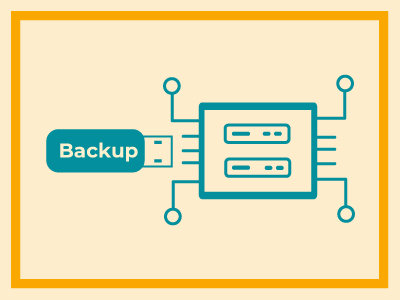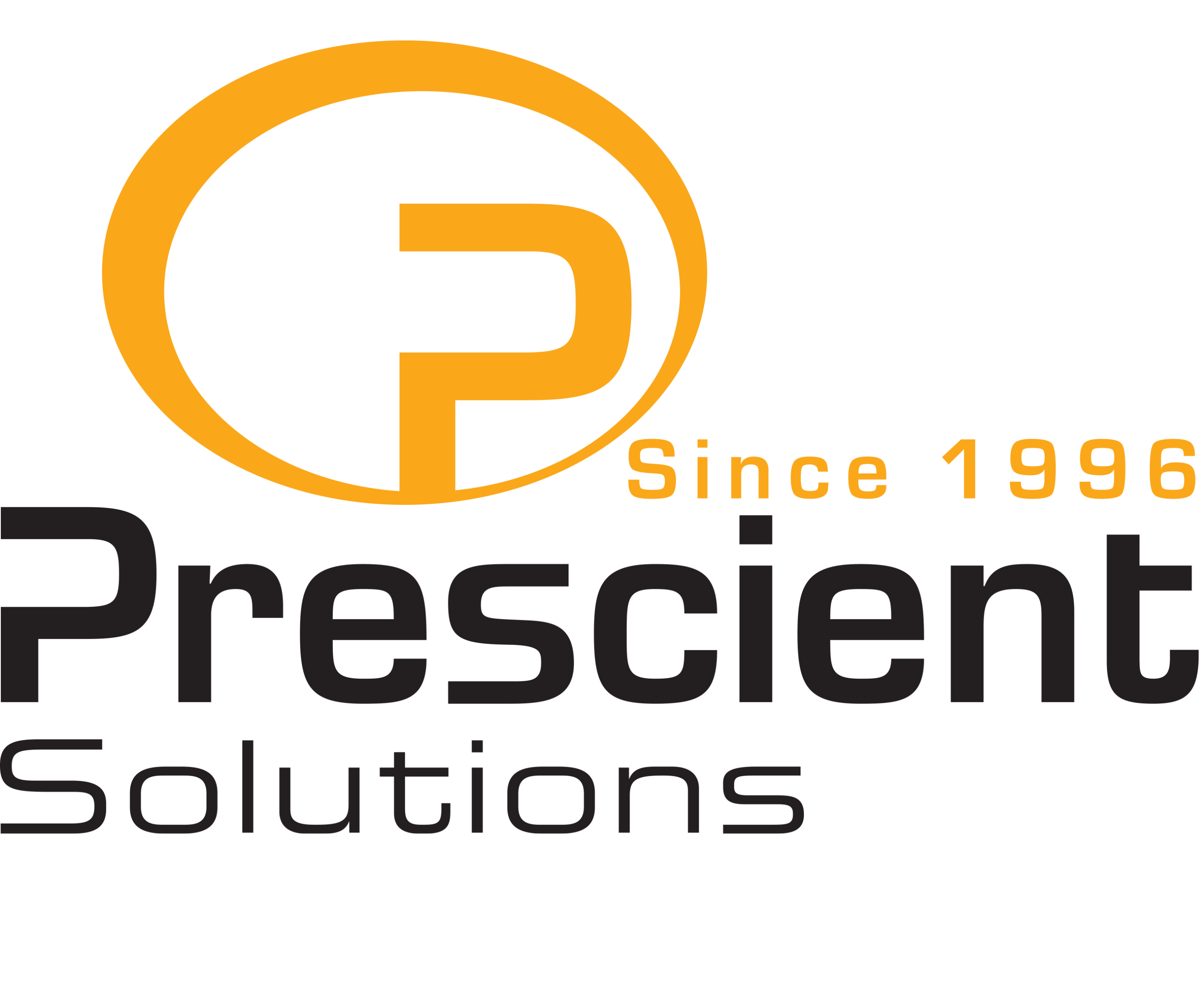Performing a data backup is the act of transferring important files and valuable data to a secondary location in preparation for a breach. Cyber security breaches occur every 39 seconds on average. Additionally, the annual cost of cybercrime damages is projected to be around 6 trillion Dollars by the end of this year.
Therefore, a data backup process is critical for your business. Enterprises that understand the risks backup data that they deem vulnerable to software or hardware malfunctions, malicious hacking, natural disasters, and other threats.
Restoring Data
Data backups provide a means to restore corrupted, destroyed, or overwritten files. On the consumer end, this process can seem like the backing up process of media files to an external hard drive. When it comes to enterprise data, you can store data using many ways.
You can store it on magnetic tapes, hard disk drives and other sources. On the other hand, businesses can also choose to store it at another location outside business premises. One of the more sophisticated methods of restoring data is using a remote cloud storage platform. Cloud storage setups can either be public, private, or hybrid.
For many businesses, the best practice of data storage involves a complete weekly backup. Additional data backups can vary and be scheduled only when necessary. This includes incremental backups, differential backups, and more.
It is best to use a combination of backup methods, technologies in your backup strategy to ensure maximum safety. A well-thought-out data recovery strategy is instrumental for a business’s disaster recovery.
Disaster Recovery
Businesses that focus on disaster recovery in cloud computing for data protection are advantaged. A cloud is an incredible place for disaster recovery, especially if you compare it to data centers.
The first type of disaster recovery involves making machine images of all the servers that you have and moving them to the cloud at frequent intervals. Moving all your data to the cloud allows you to launch virtual machines in the face of cyberattacks.
The strength of this approach lies vastly in its cost-effectiveness. This type of protection is incredibly cost-effective since it does not require you to pay much other than the storage fees. A cloud solution for data recovery also allows you to backup the data relatively quickly than other methods.
By utilizing cloud solutions, businesses also have the option to synchronize their database with the cloud. By doing this, systems can be more up-to-date with machine images of all the newly created and received data.
3-2-1 Backup Rule
The 3-2-1 backup strategy is a method to ensure that your data is adequately backed up and recovered. This will prevent the risks of losing data in the face of a breach. This rule also implies backing up data in at least two different formats. This may be a disk, tape, external hard drives, or a cloud.
Ultimately, keeping copies out of the business facility will protect against different types of threats, including natural hazards and human errors. Overall, this strategy helps businesses protect valuable data against malicious attempts and also provides a reliable data backup, along with safeguarding against extensive downtime costs.
Cloud Solutions for Backup Integrations (Conclusion)
Preparing for worst-case scenarios is a great way to ensure business continuity and rapid data recovery. If you wish to integrate an effective data mechanism, then contact Prescient. They will help you innovate your data recovery strategy for accelerated growth.
Get in contact with a prescient representative by simply contacting them at (847) 240-3900. Save the trouble of bothering about recovery plans by filling their online form. Visit their website for more details.


